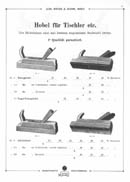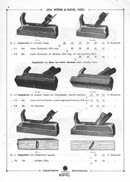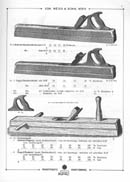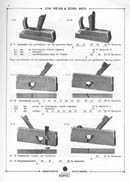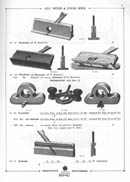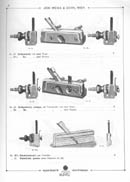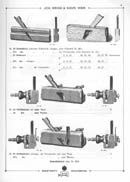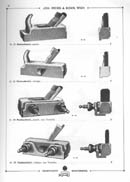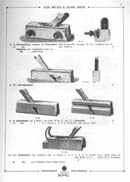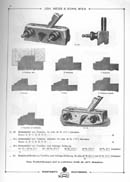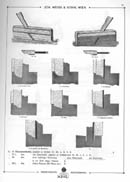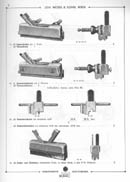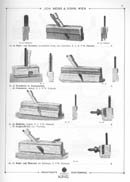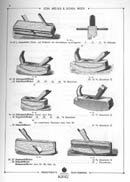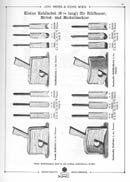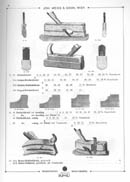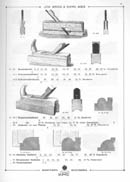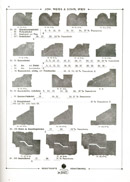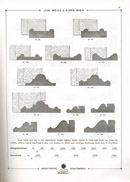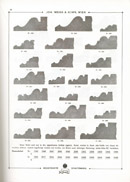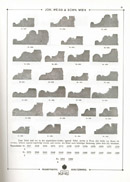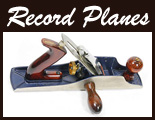Joh. Weiss & Sohn 1909 Catalog – Part I
The scans below are from the Joh. Weiss & Sohn 1909 Catalog of 1909. The company is one of the oldest planemakers still in existence, and was founded 1820 by a Bavarian carpenter, Johann Baptist Weiss, who emigrated to Vienna, Austria, in 1809. Weiss was succeeded by his son J. B. Weiss, Jr. who, according to history, was on the cutting edge of modern business practices – using market analysis and time studies before 1850. To promote exports he competed in the great 19th Century Expositions, most notably in London in 1851, Paris in 1855, St. Petersburg, and Sydney in 1879. Due to a devastating fire in 1945, where all records were lost, it is unsure when the company first started exporting to the United States, but it is estimated they started around about 1850 or so.
In 1911 Weiss aquired the firm of D. Flir Vorm. Franz Wertheim, a manufacturer of plane irons and steel tools. Until this time Weiss had bought its plane irons from the firm of Herman, whose name appears on many Weiss irons above the Weiss logo and below the double eagle which signifies Weiss’s appointment as an official supplier to the old Austrian Royal and Industrial Empire.
In 1914 the company employed around 600 workers, but by 1918 it had lost most of its former domestic market due to the fall of the Austro-Hungarian Empire – most notably its markets in Czecho-Slovakia, Hungary and Yugoslavia. In the 1930’s Weiss met this problem by diversifying into such markets as garden tools and skis, using the trade name “Lord”.
Friedrich Ott has suggested that the German wood tool industry suffered much from the Austrian competition. The low import duties and the better wood supply of the Viennese made for a more desirable price structure.
In the Second World War the main plant was hit by nine bombs and in 1945 was devastated by a fire. The old Flir factory barely escaped total destruction by Russian troops, as they attempted to blow it up. After the war, however, there was an enormous demand for tools to rebuild a devastated Vienna. The company also expanded into making school furniture and kitchen cabinets and continued to manufacture a much reduced line of hand tools.
Around 1980 the product range was bought out by the company Schachermayer in Linz.
Special thanks is given to The Mid-West Tool Collectors Association, The Early American Industries Association and to Seth W. Burchard, who did the initial translation of the catalog, from German to English, in 1980, and Howard Steele, who owned the original catalog.
This catalog, being of some 40 or so pages featuring hand planes alone, has been broken up into two main parts so that each part can load faster than one full page of 40 images. To see part two, click here.
Click on each image to see a larger version of the page.
